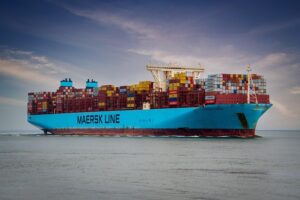Shipping containers streamline global trade with standardized ISO sizes (20ft, 40ft), enabling efficient multi-modal transport. Leasing services offer flexibility with specialized containers like refrigerated or high cube models. Strategic arrangements and container types maximize cargo volume, reduce costs, and enhance operational effectiveness. Intermodal compatibility revolutionizes logistics, providing businesses with competitive advantages in the global market. Future developments include larger containers, technology integration, and tailored solutions for diverse freight needs.
In today’s globalized world, maximizing cargo volume efficiency is paramount for logistics and transportation industries. High capacity shipping containers have emerged as a game-changer, revolutionizing the way goods are packed and shipped. This article delves into the advantages of these larger containers, exploring how they optimize space utilization through efficient packing techniques while significantly reducing logistics and transportation costs. We also look at future trends in high-volume containerization.
- Understanding Standard Shipping Container Sizes
- The Advantage of High Capacity Containers
- Maximizing Space: Efficient Cargo Packing Techniques
- Benefits for Logistics and Transportation Costs
- Future Trends in High-Volume Containerization
Understanding Standard Shipping Container Sizes
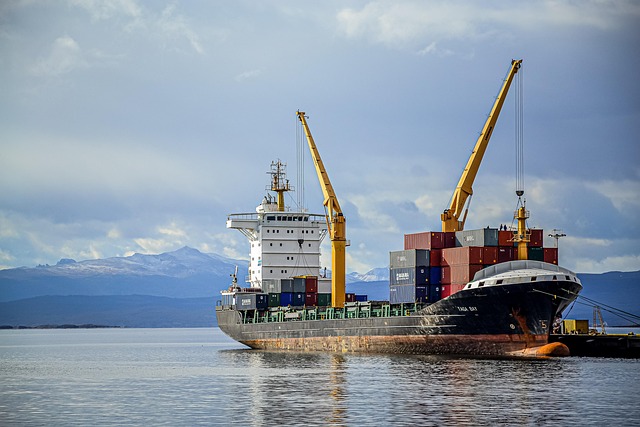
Shipping containers have revolutionized global trade by streamlining cargo transport and storage. Understanding standard sizes is key to maximizing efficiency. The most common types include 20-foot, 40-foot, and sometimes 45-foot intermodal containers, known as ISO (International Organization for Standardization) containers. These standardized dimensions facilitate seamless container shipping across various modes, from sea containers on cargo ships to rail and road transport via flat rack or open top containers.
Container leasing and rental services further enhance flexibility, allowing businesses to access specific container types like refrigerated containers for perishable goods, high cube containers for oversized items, or even modular offices and storage containers. By recognizing the diverse needs of container shipping—and leveraging the right size for each purpose—logistics managers can optimize cargo volume efficiency in every stage of transport and storage, from container depot to final delivery.
The Advantage of High Capacity Containers

High-capacity shipping containers represent a significant advancement in the logistics industry, offering unparalleled efficiency gains in cargo volume and transport costs. These innovative solutions come in various types tailored to different freight needs, from standard ISO containers for general goods to specialized options like refrigerated, flat rack, open top, and high cube containers for unique cargoes. By maximizing the utilization of space, these containers facilitate faster loading and unloading processes at ports and container depots, reducing turnaround times and enhancing overall operational effectiveness.
The advantages extend beyond capacity; they also encompass increased flexibility and versatility in container shipping. Intermodal containers allow seamless transitions between different modes of transport—sea, rail, and road—without the need for cargo rearrangement or repackaging, thereby streamlining the entire supply chain process. Moreover, container leasing and rental services have become readily accessible, enabling businesses to adapt their shipping needs without large upfront investments in owning storage containers.
Maximizing Space: Efficient Cargo Packing Techniques
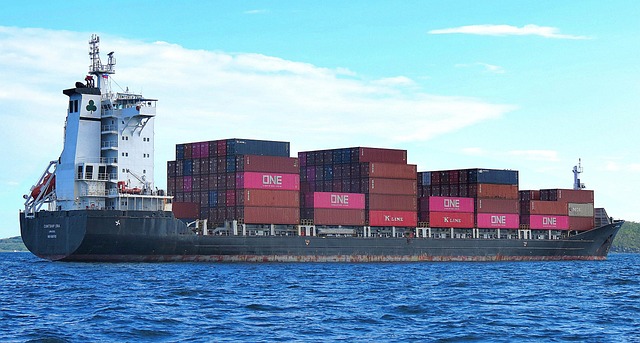
Maximizing space within shipping containers is a key aspect of enhancing cargo volume efficiency. Efficient packing techniques involve strategic arrangements and careful consideration of container dimensions and capacity. For instance, utilizing high cube containers can provide additional vertical space for taller cargo, while flat rack containers are ideal for oversized or unconventional items that require a more open layout.
Intermodal containers with various configurations, such as refrigerated or open-top containers, offer flexibility for specialized freight. Modular containers, like office or storage units, can be stacked and arranged to create multi-purpose solutions, maximizing space utilization. Proper packing involves securement techniques to prevent shifting during transport, ensuring the safety of both cargo and container integrity.
Benefits for Logistics and Transportation Costs
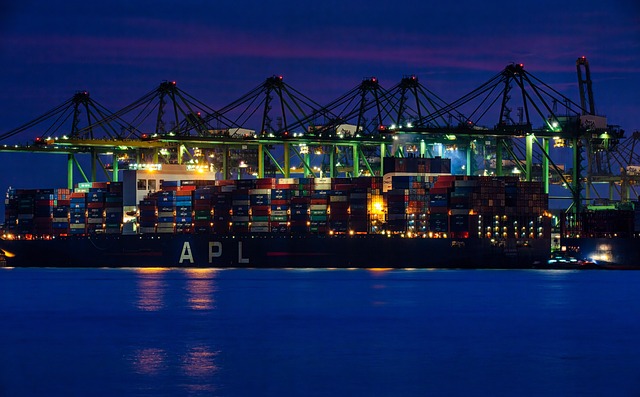
The adoption of high-capacity shipping containers has revolutionized logistics and transportation, offering significant advantages for businesses worldwide. One of the primary benefits is the substantial increase in cargo volume efficiency. These large-size containers, such as the ISO 20-foot or 40-foot standards, allow for more goods to be packed and transported in a single trip, reducing the number of trips needed to move a given amount of cargo. This not only minimizes transportation costs but also cuts down on handling, loading, and unloading time at ports and warehouses, leading to faster delivery times.
Furthermore, the use of these containers promotes interoperability across various transport modes, including sea, rail, and road. The standardized dimensions and designs ensure easy transfer between different carriers, eliminating the need for multiple packaging and handling, which reduces damage and loss. This seamless container shipping process ultimately results in lower freight costs and improved supply chain reliability, making it an attractive solution for businesses looking to optimize their logistics operations and gain a competitive edge in the market.
Future Trends in High-Volume Containerization
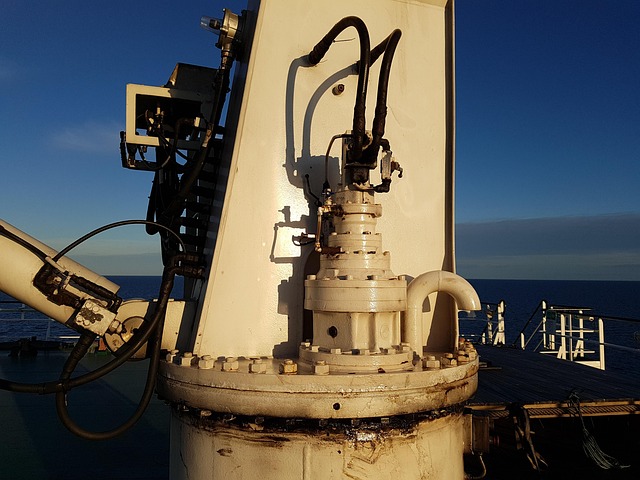
The future of high-volume containerization looks promising as the global logistics industry continues to evolve and adapt to changing demands. One trend is the development of even larger and more efficient shipping containers, such as the High Cube and Open Top containers, which offer increased cargo capacity while maintaining standard dimensions, facilitating seamless transport across various modes, including sea, rail, and road.
Additionally, the integration of technology plays a pivotal role in enhancing containerization efficiency. Advanced tracking systems, digital documentation, and automation at container depots are set to revolutionize container shipping, ensuring faster turnaround times, improved visibility for shippers, and reduced costs. Furthermore, there’s a growing trend towards specialized containers tailored to specific cargo types, such as refrigerated, flat rack, or modular containers, allowing for safer and more optimized transport of diverse goods, from perishable food products to oversized machinery.
High capacity shipping containers are revolutionizing global cargo transportation by significantly enhancing volume efficiency. As the world’s trade networks continue to grow, adopting innovative solutions like these advanced containers is essential for optimizing logistics and reducing transportation costs. Future trends in high-volume containerization promise even more improvements, ensuring a faster, more streamlined supply chain. By understanding the advantages and implementing efficient packing techniques, businesses can leverage this game-changer technology to stay competitive in today’s digital era.
